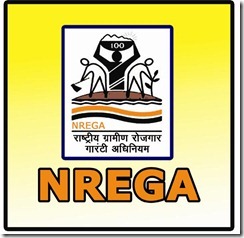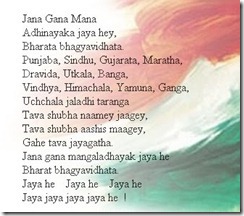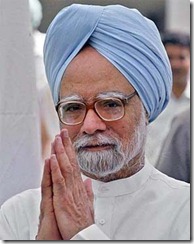 Aizawl, Nov 27 : Mizo Idol 2011, a state level talent hunt, is turning out to be the most popular annual event among the youth of Mizoram who are opting for music as a full time career.
Aizawl, Nov 27 : Mizo Idol 2011, a state level talent hunt, is turning out to be the most popular annual event among the youth of Mizoram who are opting for music as a full time career.
More than 600 youngsters from eight districts of the state participated in it this year.
The three month long contest finally reached its final round with two contestants, Lalthuthaa and Biakmuana, competing for the crown.
Lalthuthaa reckons that the event will promote Mizo traditional music "If I win the Mizo Idol contest I will try my level best to take traditional music of Mizoram to the mainstream," Lalthuthaa said.
The event is extremely popular with the youth in the region and the thousand strong crowd present for the final audition clearly reflected this fact.
"It is a show that helps the teenagers and youth to showcase their talent so that they can present themselves at the higher levels," Longmui Saihi, a local said.
Another local, Christobel, believes that there is a need for more such shows.
"I am hoping that we have more shows like this so that people also get to know the talent we have in the northeast," he said.
There are several bands like Boomerang and solo musicians like Rebecca from Mizoram who have played with top musicians in several contests and live shows across the country.
Mizo Idol is currently in its sixth edition and is providing a huge platform to artists from the region to the showcase their skills.
"I would request all our singers to go outside Mizoram and venture. This will give them an experience of performing outside the state and can surely have a huge impact," organizer Tato Lalthantluanga said.
Several musicians from the region like Rewben Mashangva and late Bhupen Hazarika are known not just in the country but across the world as well.













